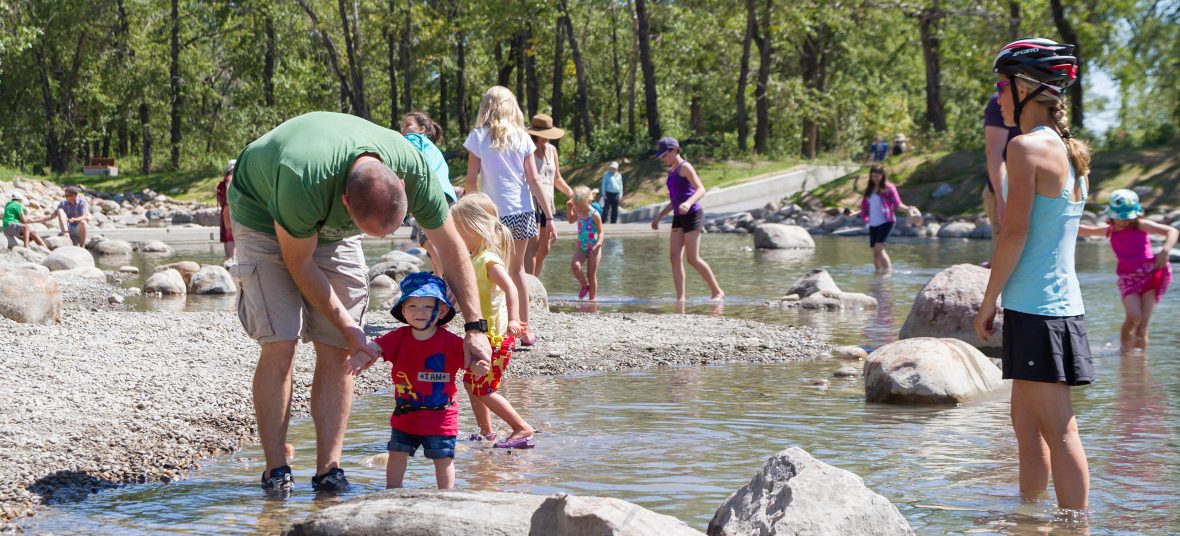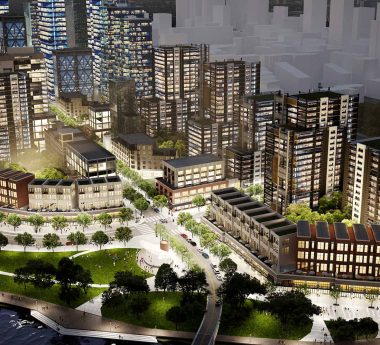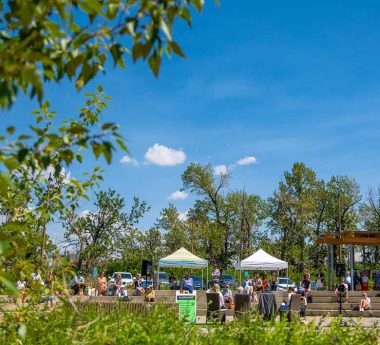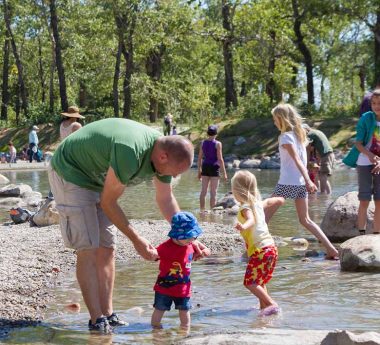Reconnecting People With the River
St. Patrick’s IslandCalgary, Alberta—Canada
Downtown Calgary sits astride one of North America’s most scenic rivers – The Bow, which reaches from Banff in the Rockies all the way to the Saskatchewan River and Hudson Bay. The 30-acre island was once the site of river fording by buffalo, First Nations and the Northwest Mounted Police, before it was finally used as a campground. When the campground closed, the island languished and was considered undesirable and even unsafe.
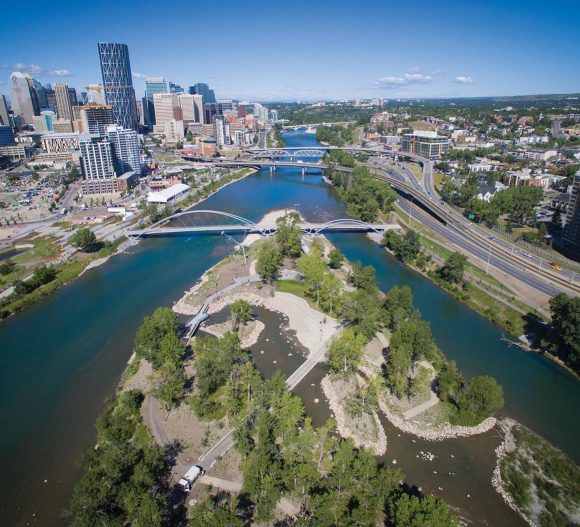
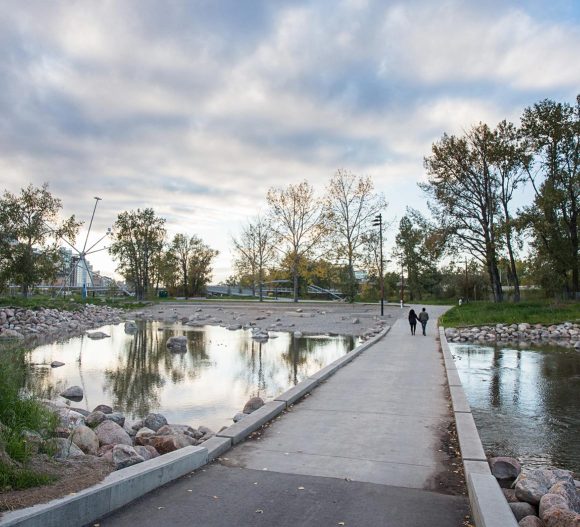
With the establishment of the Calgary Municipal Land Corporation (CMLC) a new vision emerged, beginning with a new bike and pedestrian bridge linking the city’s renewed East Village with the island. CMLC engaged the public as it created a master program plan for the island to be restored as a premier example of biophilic design. Civitas with W Architecture and Landscape Architecture won a design competition to create an active, nature-based park on the island for residents of the growing downtown and nearby populations.
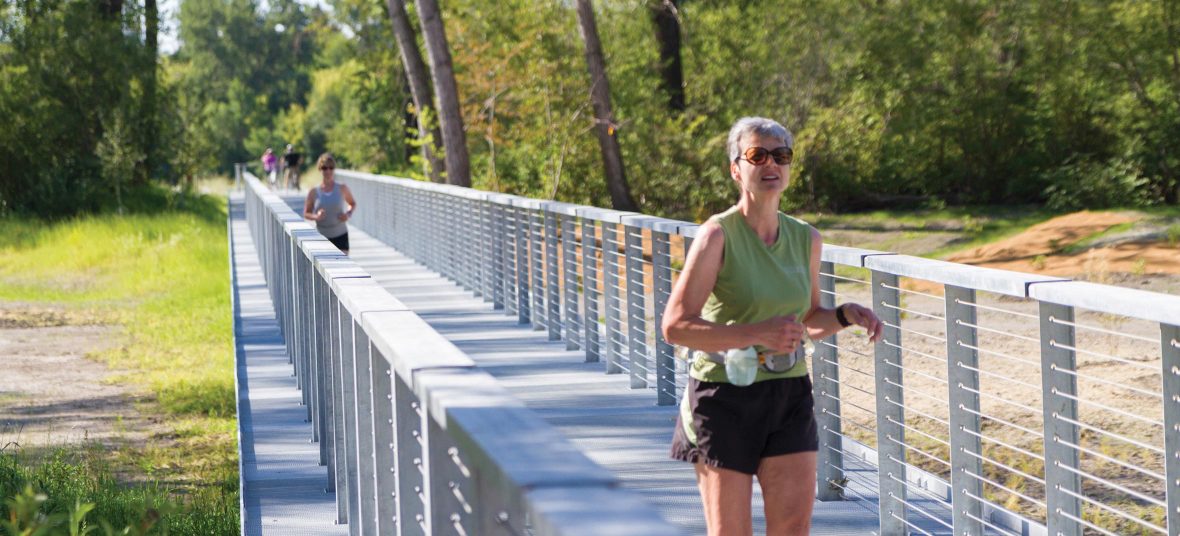

Our early analysis quickly revealed that the water – which had been manipulated by many years of bank armoring, compaction, and other intrusive developments – flowed too quickly for safe entry. Looking back at the 30-acre site’s ecological evolution, we discovered that the island used to have two naturally recurring breaches: one that was annual and one that was occasional.
Disrupted Ecology
The annual breach flowed with water that created an ever-changing internal beach, while the occasional breach supported a rich wetland across the island. All of this natural ecology had been disrupted by past interventions leaving the island habitat nearly barren.
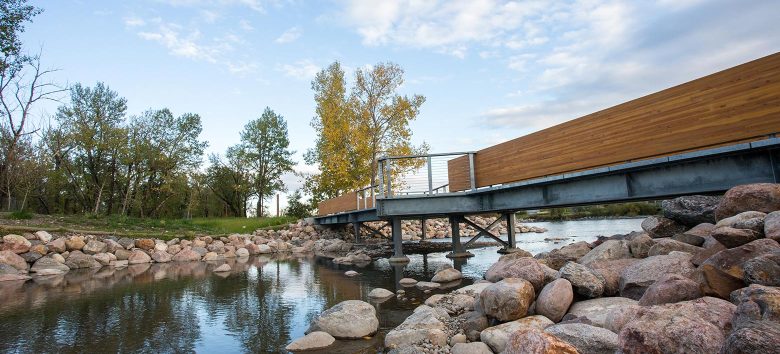
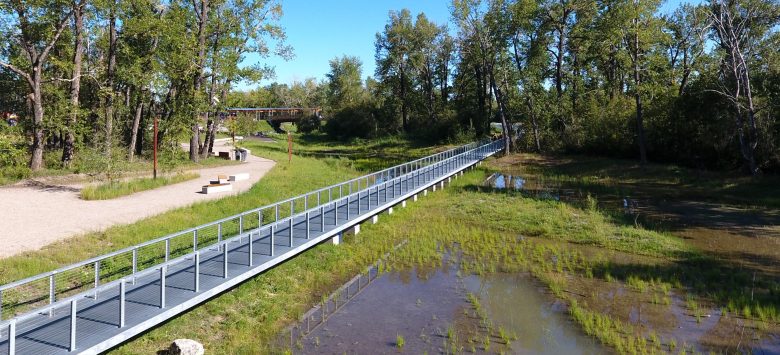
Our design restored a functional breach – essentially an intentional flood – by reengineering the island and redesigning its inlet, encouraging the island to flood regularly and naturally as it had before development had intervened.
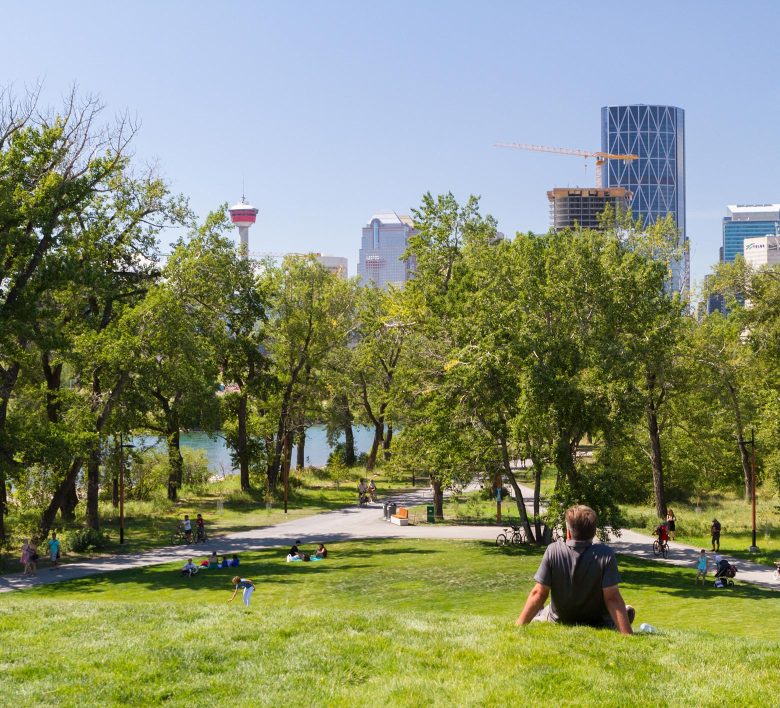
Slower Water, Safer Space
This restoration of the natural ecology slows down the water’s movement and makes it safe for people to enter for recreation. The excavations for this breach also created a 10-meter-high mound that provides a view upriver and to downtown, while also enabling people on the other side of the river to see the activities on the island and encouraging them to cross the new pedestrian bridge to enjoy the park.
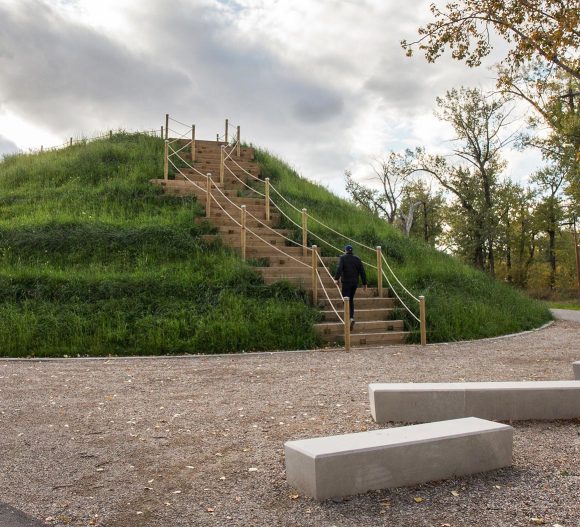

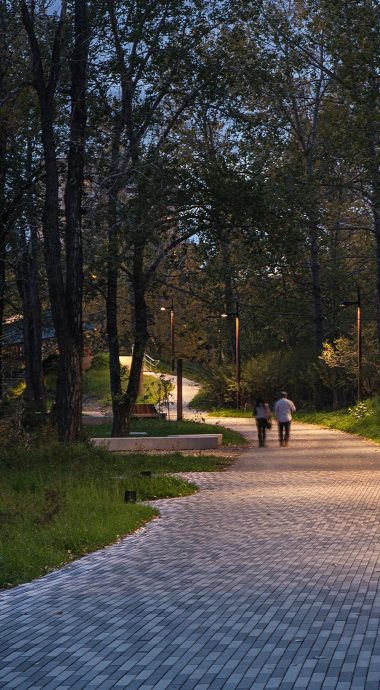
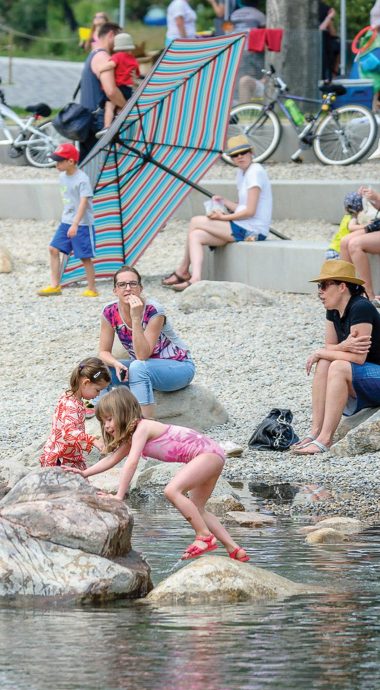
Making Connections
People of all ages can now safely connect with the water and enjoy a variety of amenities including trails, a picnic grove, playground and more.

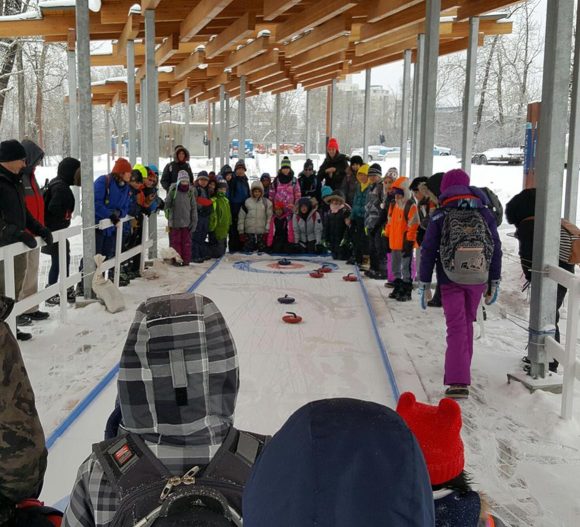
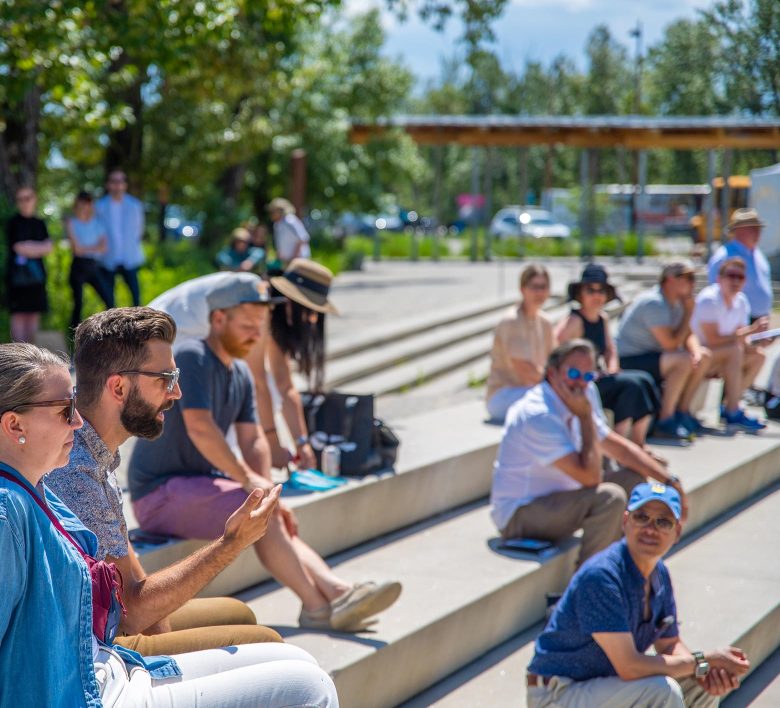
An amphitheater sits atop the hill, offering some of the best views of the city in addition to space for programmed entertainment.
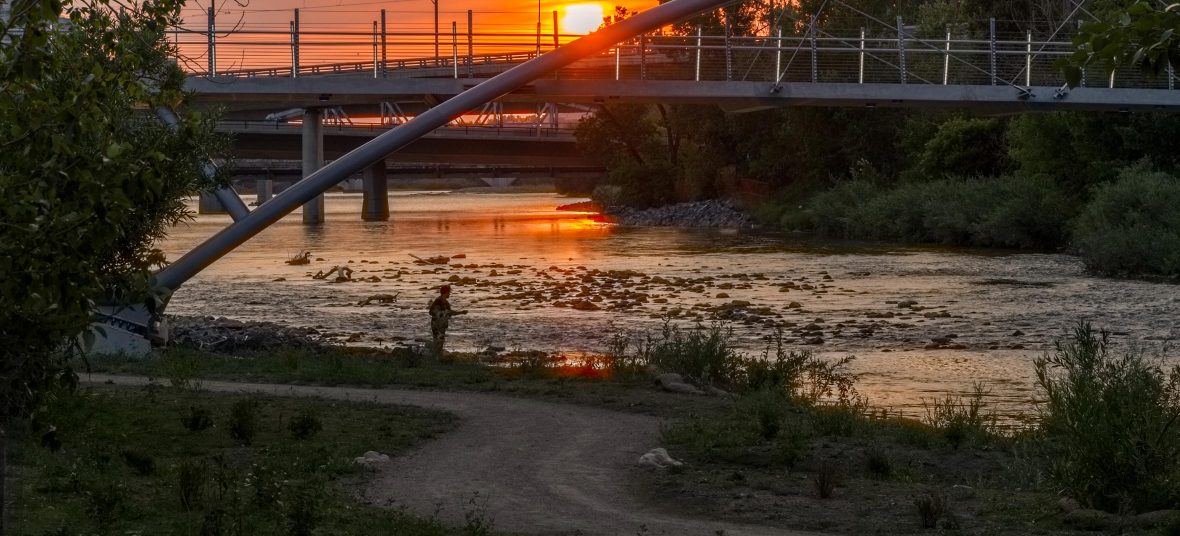
A thriving ecology
The island is also now home to a family of osprey, beavers, bats, gulls, and woodpeckers, among other species. The reintroduction of various native plants such as dogwood, silver sagebrush, buckbrush, balsam poplar, willows and saskatoon was also key to the redevelopment of the island making the ecosystems more resilient and stable, and floods help to sustain these plants and wildlife.
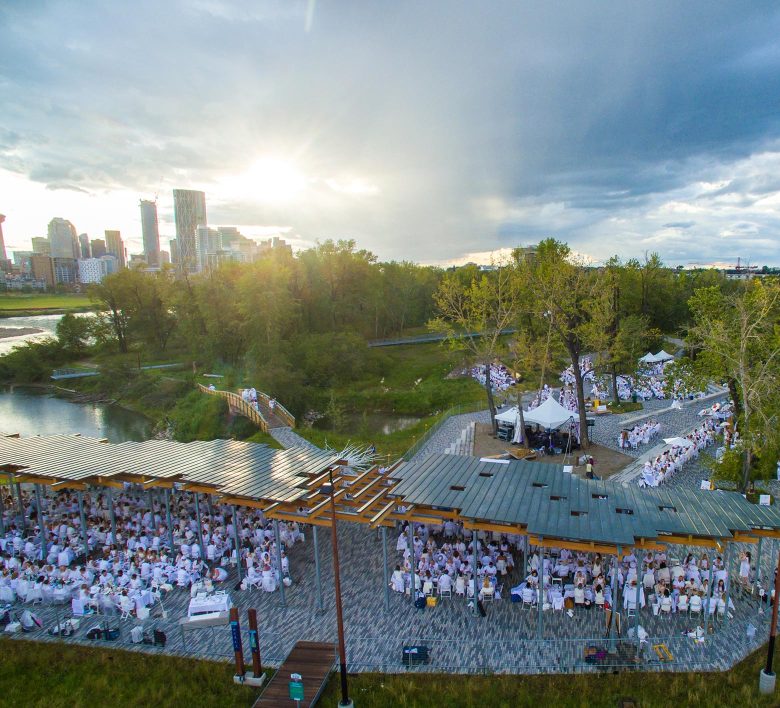
A thriving community
Since its redevelopment, St. Patrick’s Island has become a thriving destination for hiking and biking, water play, concerts and events.
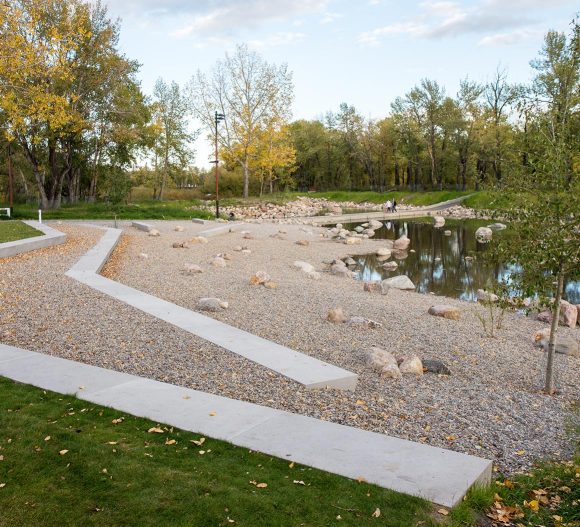
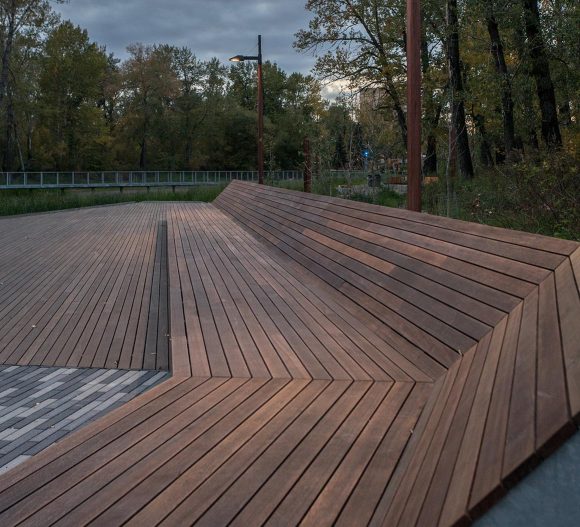
In 2016, the Canadian Institute of Planners named St. Patrick’s Island the Greatest Public Space in Canada. The pedestrian bridge gets covered by water when the island is breached but is still open for use. You can see kids playing, dogs running, bikes splashing—literally connecting people with the water and its natural flow.
